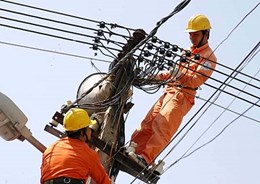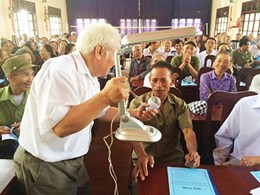Tuesday, 16/09/2025 | 17:41 GMT+7




















 Announcement of the President's Order on the Amended Law on Energy Efficiency and Conservation
Announcement of the President's Order on the Amended Law on Energy Efficiency and Conservation
 ENTECH HANOI 2025 Promotes the Development of the High-Performance, Energy-Efficient Technology and Equipment Market
ENTECH HANOI 2025 Promotes the Development of the High-Performance, Energy-Efficient Technology and Equipment Market
 Coca-Cola Vietnam Factory Achieves Green Building Certification
Coca-Cola Vietnam Factory Achieves Green Building Certification
 Enhancing Energy Management Capacity for Beverage Industrial Sector
Enhancing Energy Management Capacity for Beverage Industrial Sector
 ADC Plastic Prioritizes Energy Efficiency and Sustainable Development
ADC Plastic Prioritizes Energy Efficiency and Sustainable Development
 Enhance Energy Efficiency Capacity for Leaders of the Steel Industry
Enhance Energy Efficiency Capacity for Leaders of the Steel Industry
 Enhancing Energy Efficiency Capacity for Energy Managers in the Textile Industry
Enhancing Energy Efficiency Capacity for Energy Managers in the Textile Industry